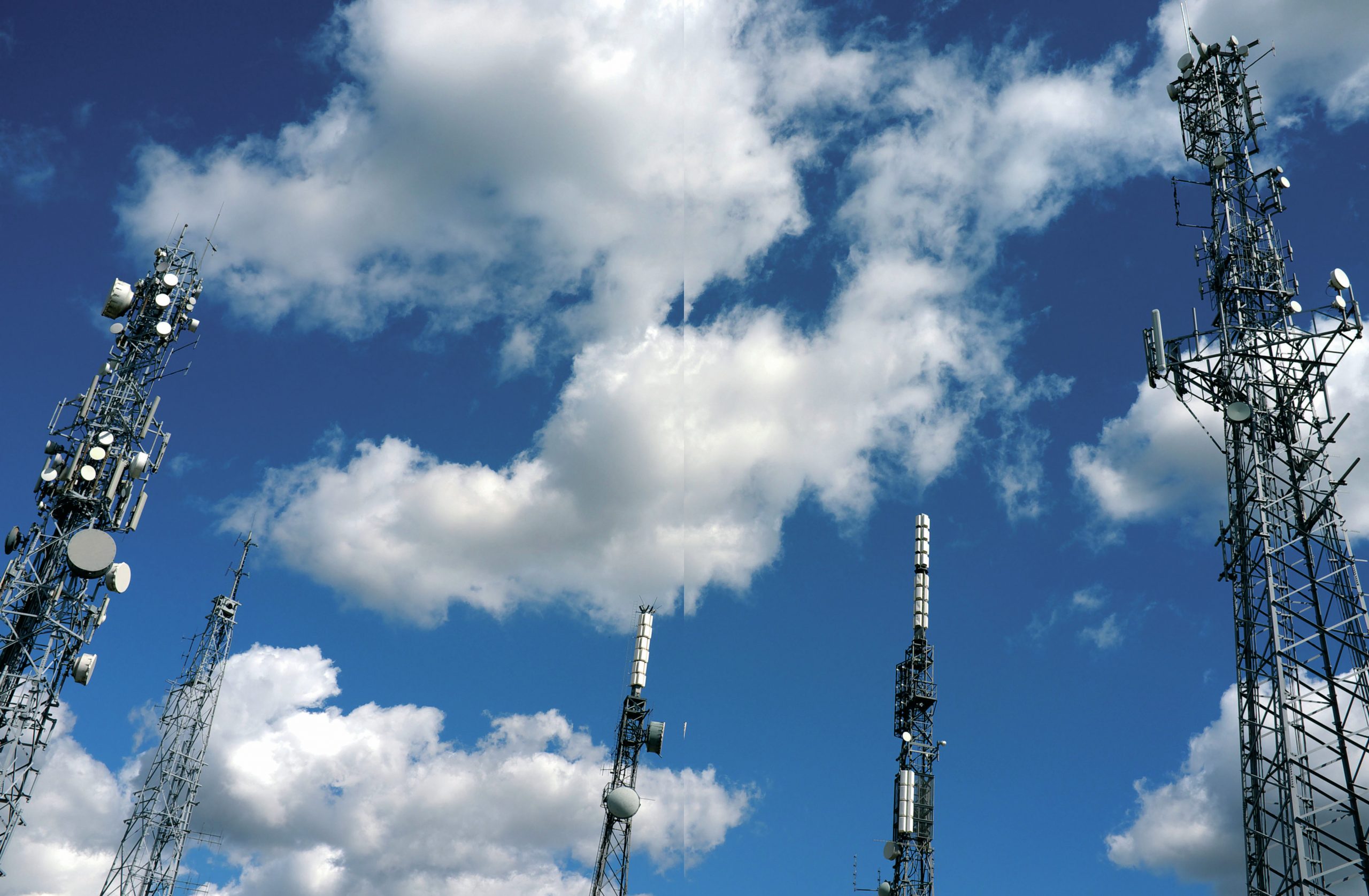
In the 1880s German physicist Heinrich Hertz (1857–94) demonstrated the existence of electromagnetic waves. A coil produced a high voltage across a gap, causing a spark, and radio waves were detected by a loop antenna. The waves could be refracted by a prism made of pitch, and reflected from metal sheets. A transmitter at the focus of a parabolic reflector produced a parallel beam, which could be directed onto a receiver by a second reflector.
Hertz’s discovery led to the idea of using radio waves for communication without wires. Some people said this would not work beyond the horizon because the waves travel in straight lines, but Italian engineer Guglielmo Marconi (1874–1937) sent and detected radio signals over long distances, including the first transatlantic transmission in 1901. In the early twentieth century, Marconi and other engineers set up many long-distance wireless links.
Your organisation does not have access to this article.
Sign up today to give your students the edge they need to achieve their best grades with subject expertise
Subscribe




